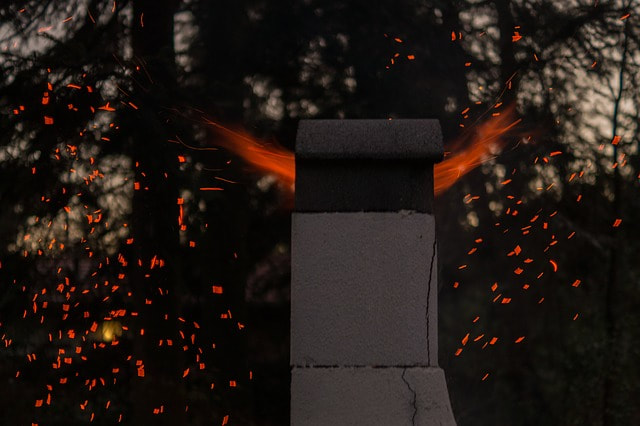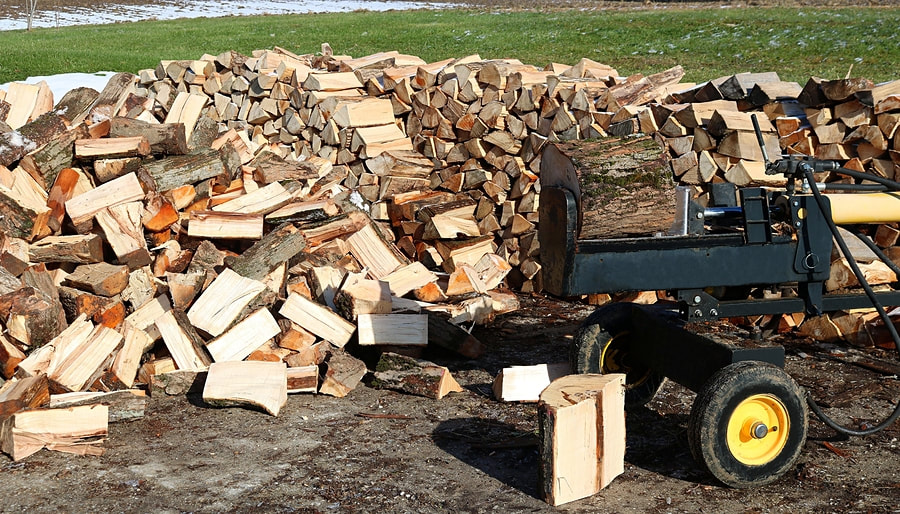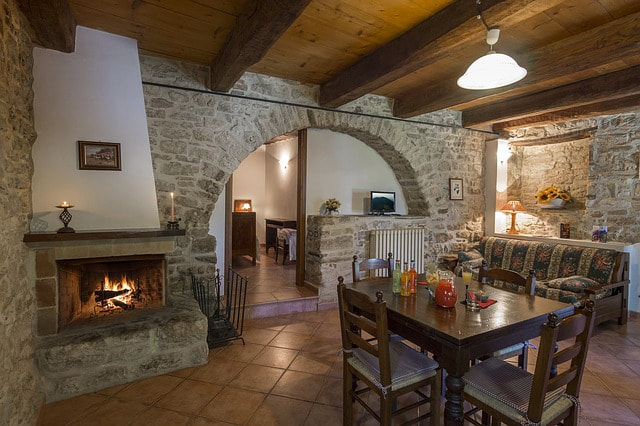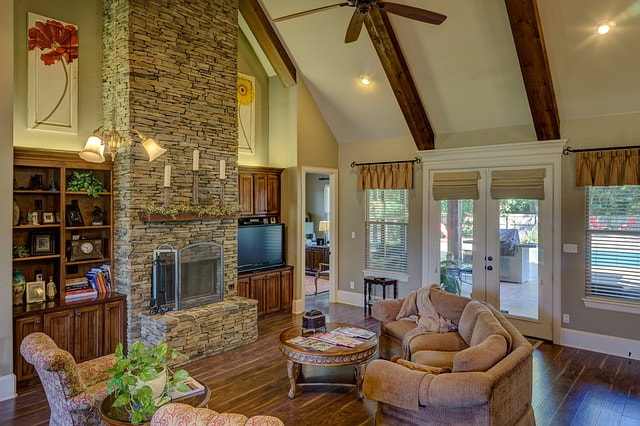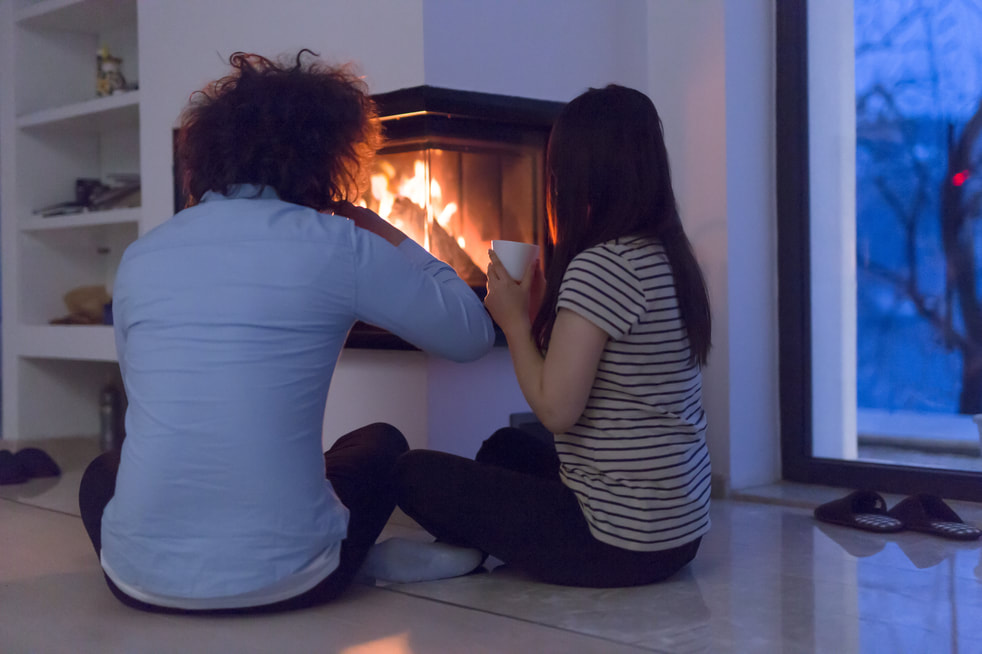Creosote is a sediment formed by smoke that settles. It is created by incomplete or imperfect combustion of wood. Creosote sticks to the walls of the chimney. It has three distinct appearances.
In the first stage: It has a dusty appearance, often referred to as soot. At this stage, because it is soft, creosote removal is easy.
In the second stage: Creosote solidifies and shines. Its texture becomes very hard. At this point, brushing will not be enough to dislodge it. To achieve this, it is necessary to connect the brush to a drill.
In the third stage: In the final stage, the creosote has now vitrified and can very easily ignite. It is usually this state that triggers chimney fires. Regular chimney sweeping prevents such extremes from occurring. Creosote is therefore a danger for every member of your family. It is not possible to prevent fuels such as wood, pellets or heating oil from forming creosote in the chimney. However, by adopting a few habits, creosote formation can be reduced.
In the first stage: It has a dusty appearance, often referred to as soot. At this stage, because it is soft, creosote removal is easy.
In the second stage: Creosote solidifies and shines. Its texture becomes very hard. At this point, brushing will not be enough to dislodge it. To achieve this, it is necessary to connect the brush to a drill.
In the third stage: In the final stage, the creosote has now vitrified and can very easily ignite. It is usually this state that triggers chimney fires. Regular chimney sweeping prevents such extremes from occurring. Creosote is therefore a danger for every member of your family. It is not possible to prevent fuels such as wood, pellets or heating oil from forming creosote in the chimney. However, by adopting a few habits, creosote formation can be reduced.
Solutions to reduce creosote deposits
Use dry wood
The most damaging factor is the moisture content of the wood. The ideal moisture content should not exceed 20%. So get your wood in the spring. Another way to dry it out properly is to cut it small enough. An efficient heater will burn wood pieces up to 6 inches in diameter without a problem. Otherwise, you can tell your supplier that you want pieces no larger than about 3 inches in diameter. Put the wood back outside on the sunniest part of your property. Only place a blanket over your cords and make sure to keep a satisfactory gap between them.
Restrict the use of softwood
Hardwood produces less creosote than softwood. You can use softwood to start a fire or to keep it warm during the spring or fall. However, you should avoid using it year-round.
Controlling the air
A fire must be given enough air to burn as completely as possible. When starting your fire, keep the door ajar. However, be sure to stay close to the fire for safety. Once started, the fire must continue to be well ventilated. So keep the air intakes open a little. If the fire looks like it's suffocating, it's still not ventilated enough.
Interior chimney
Unless you are a self-builder, you are unlikely to control this element; however, a chimney placed indoors produces heat more quickly than an outdoor chimney and cools down less quickly. Cold weather accelerates creosote deposition.
Heating system performance
High performance furnaces offer superior wood and gas combustion. A newly purchased appliance usually provides better performance and combustion than an older appliance and reduces the risk of a chimney fire caused by creosote sediments.
Save money while increasing security
Taking the necessary steps to deal with extreme creosote build-up in your chimney requires some precautions. Your benefit will be the confidence that you have done your duty in limiting the risk of fire. In addition, more efficient combustion saves wood. Insurance
Tout droit réservé 2019

